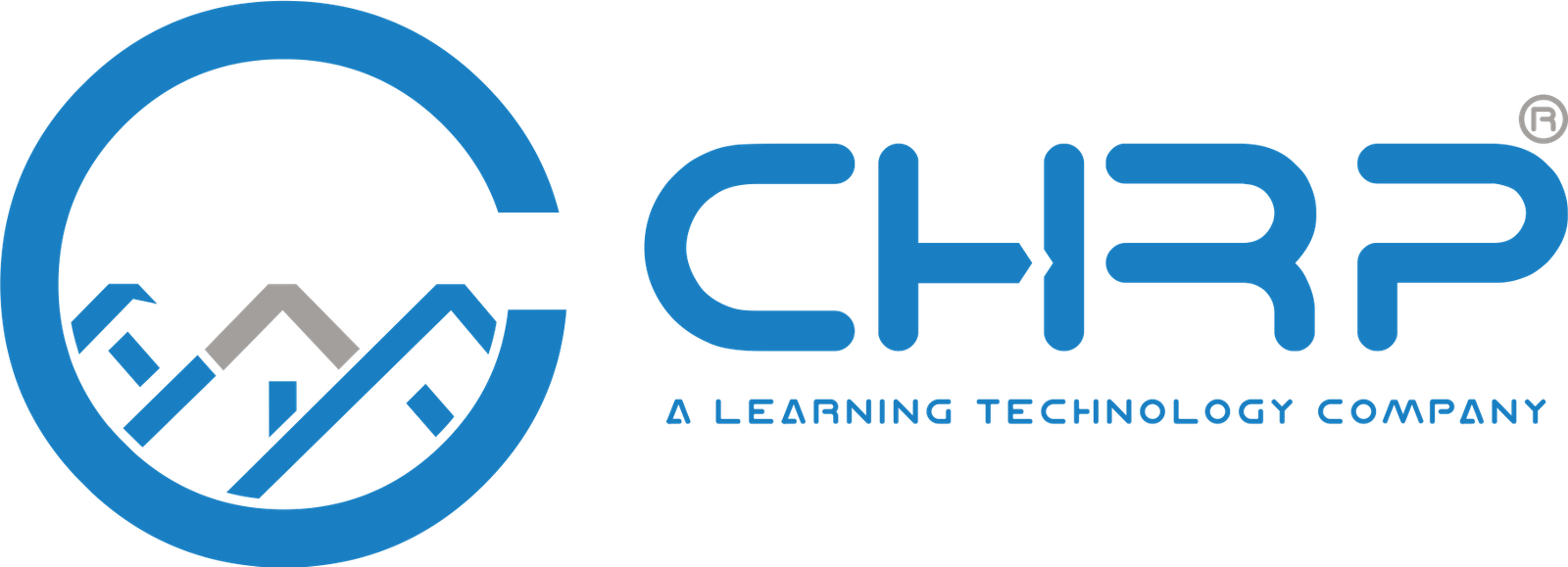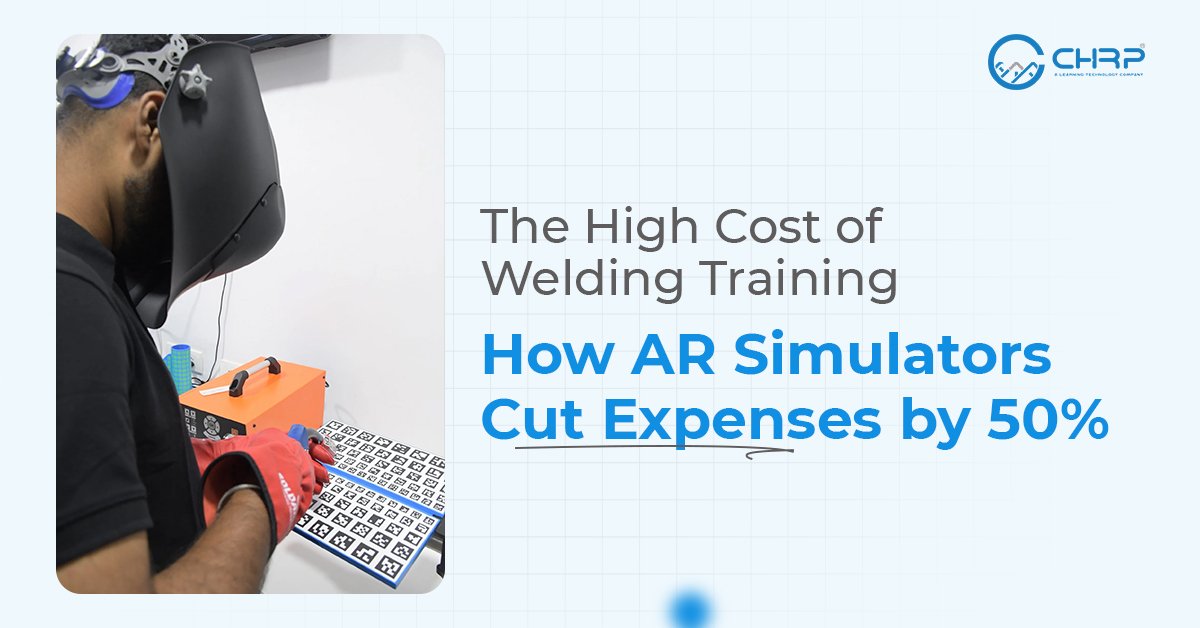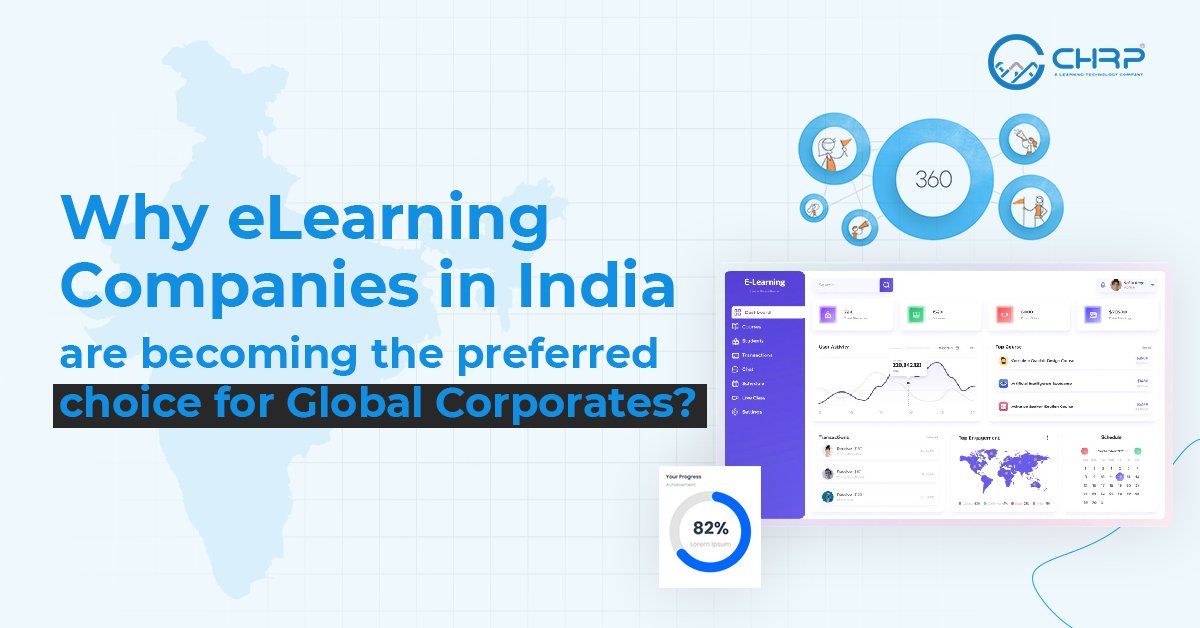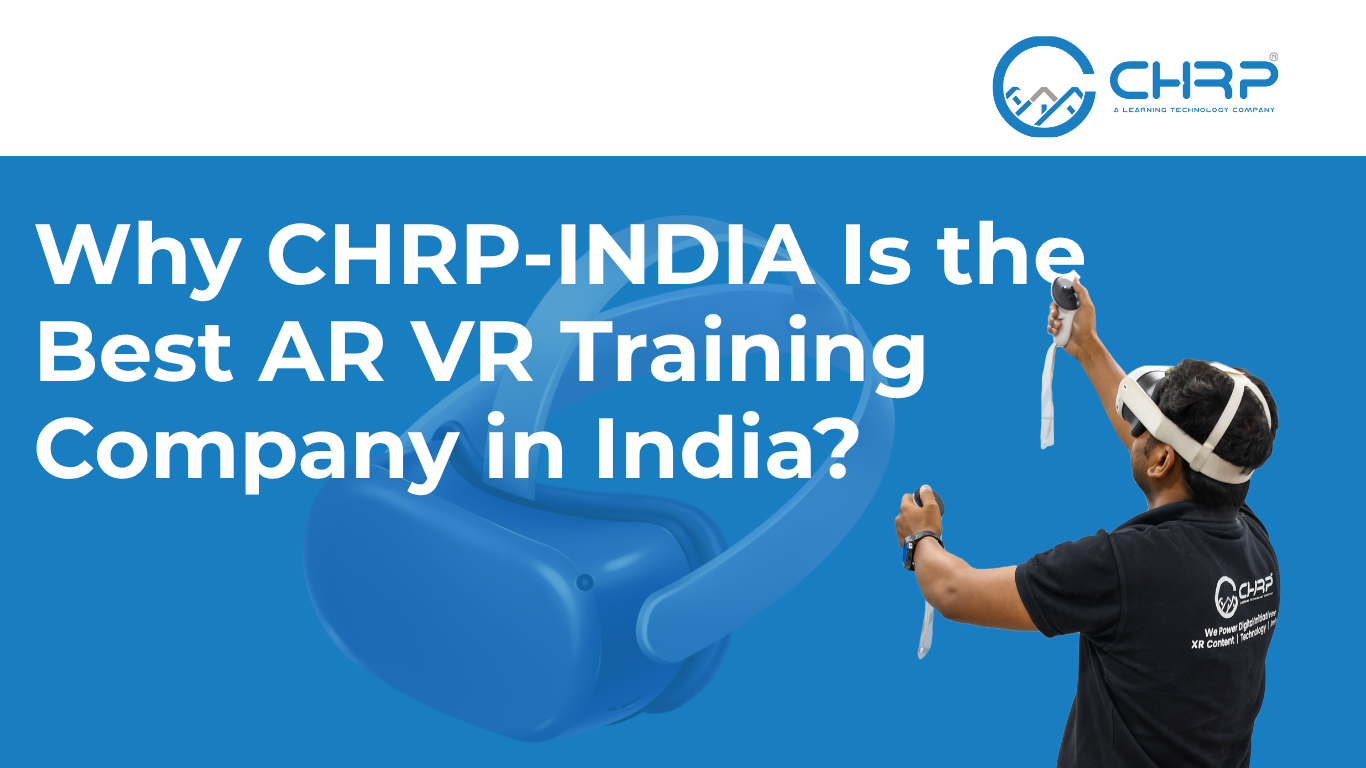The Financial Sinkhole: Why Welding Training Breaks the Bank
Walk into any industrial training center, and you’ll quickly see the heavy reality of welding workforce skilling. Skilled welders are the quiet superheroes of industry – they build the world, piece by piece. Yet, turning an apprentice into a certified professional via traditional means is proving to be a serious drag on the balance sheet.
For years, companies and vocational schools have simply accepted the crushing, continuous expenditure on welding consumables. We’re talking about the relentless purchase of metal plates, electrodes, filler wires, shielding gases, and the enormous electricity bill just to power the arc and the heavy-duty ventilation. This material-heavy model, weighed down by long hours and safety risks, has silently eaten into profits. We’ve all shrugged and said, “It’s the price of a skilled workforce,” but what if that price was negotiable?
What if you could slice that entire training cost – not by trimming a bit here and there, but by a proven, transformative 50% or more?
This isn’t wishful thinking. It’s the measurable impact of Augmented Reality (AR) welding simulators. At the forefront of this economic shift is CHRP-INDIA, India’s leader in XR training. We’re going to pull back the curtain on those hidden costs and show you exactly how this innovative technology is completely flipping the script on welding education economics.
Unmasking the Traditional Costs: The Expenses That Bleed Budgets
To appreciate a 50% saving, you first need to fully understand where the money is currently being hemorrhaged. Traditional training isn’t just one cost; it’s a tripod of unavoidable expenses.
The Consumables Crisis: The Wastage that Never Ends
This is, hands down, the biggest drain. Trainees must make mistakes to learn, but every faulty bead or wrong pass is money literally melted away and discarded.
- Materials are fuel: Imagine the staggering volume of expensive electrodes and filler wire a class of 20 consumes weekly. Then, add the base metal plates – cut, welded into scrap, and needing constant replacement.
- Utility Overload: Those big cylinders of shielding gas (argon, $\text{CO}_2$) are a non-stop operating expense. Factor in the massive electricity draw for the actual welding arc, plus the heavy ventilation systems, and the OpEx is brutal and persistent.
These are not one-time costs; they are recurrent, compounding, and represent pure, unrecoverable material wastage.
The Time Tax: When Slow Means Expensive
In training, slow equals costly. Traditional welding is notoriously inefficient with time:
- Trainer Bottleneck: An instructor can’t possibly monitor a large group effectively. They have to be physically present for safety and critique, leading to painfully low instructor-to-trainee ratios. Scalability vanishes.
- The Waiting Game: The process itself is glacial. Trainees wait for the metal to cool, chip away the slag, and then stand in line for the trainer’s subjective, manual check. This delayed feedback loop drags out the learning curve significantly.
- Extended TTP (Time-to-Proficiency): The combination of slow feedback and limited material availability stretches the hours needed for certification, delaying a skilled worker’s entry onto the factory floor.
Safety and Overhead: The Invisible Premiums
Welding is inherently dangerous. Managing that risk requires money:
- Infrastructure Demands: You need dedicated, expensive workshop space with industrial-strength ventilation and fire suppression. That’s a huge capital expense.
- Risk & Replacement: Constant replacement of high-end PPE (helmets, gloves, jackets) is mandatory. And never forget the cost of liability insurance, which is higher simply because the work involves heat, fumes, and electric arcs.
The Digital Game-Changer: CHRP-INDIA’s AR Advantage
The simplest way to eliminate the crushing cost of materials is to remove the need for them in the learning phase. That’s the revolutionary concept behind Augmented Reality (AR) Welding Simulators.
The Mechanics of AR Training
AR isn’t full immersion like VR; it’s a seamless blend. It keeps the essential physical connection while digitalizing the expensive part. The trainee steps up, wearing a special AR helmet, and holds real welding equipment (the actual torch or electrode holder). Crucially, they practice on a simple, reusable metal jig (the practice coupon).
The AR system then projects a Hyperreal SIM™ graphic right into the visor:
- Lifelike Interaction: You see realistic sparks, a molten weld pool that moves and solidifies based on your technique, and a finished bead – all projected onto the physical jig in real time.
- Pure Kinesthetics: The trainee gets to focus 100% on physical posture, torch angle, and movement, building perfect muscle memory without the stress of burning through expensive resources.
CHRP-INDIA: The Bridge to Next-Gen Skilling
CHRP-INDIA recognized the massive gap between traditional training inefficiency and the high demand for skilled labor in the region. By partnering with global technology leaders like Seabery, they deliver solutions like the world-famous Soldamatic and the integrated AT Weldsim simulators.
CHRP-INDIA acts as the indispensable partner, providing the industry with cost-effective, safe, and data-driven tools to rapidly scale their welding talent.
The 50% Savings Promise: A Breakdown of the ROI
The promise of cutting expenses by 50% or more is not hyperbole; it’s a direct consequence of how the AR system attacks the four primary areas of waste:
Material and Energy (Near-Total Elimination)
This is the blockbuster saving. By transferring 70-80% of practice time to the simulator:
Expense Item Traditional Cost AR Simulator Cost Savings Impact Metal Plates, Filler Wire, Gas HighZero 100% Elimination Electricity (Welding Arc) HighMinimal (System Power Only) 90%+ Reduction
This immediate, dramatic cut to the annual consumables budget is the main engine behind the overall 50% cost reduction.
Accelerated Proficiency (Time is Money)
The simulators drastically compress the Time-to-Proficiency (TTP):
- Instant, Objective Coaching: Forget waiting for the trainer. The system provides real-time, data-driven feedback on every critical parameter: work angle, travel speed, distance, and position. Trainees see errors instantly and correct them on the next attempt.
- Repetition Without Cost: Trainees can repeat difficult joints literally hundreds of times in the hours it would take to do ten in a real booth (due to grinding and setup).
The Result: A typical 30% to 50% reduction in the total hours needed for a novice to become proficient, which directly lowers the cost of labor and facility overhead per certified student.
Trainer Efficiency (Scalability Solved)
The AR system turns the instructor into a manager of learning, not a manual inspector:
- Automated Data Logging: The system automatically grades and records every pass, generating detailed reports that replace hours of time-consuming, subjective manual critique.
- Higher Ratios: An instructor can now effectively supervise and guide a much larger class (easily moving from a 1:6 ratio to 1:12 or more) because the simulator handles the immediate, one-on-one coaching.
This dramatic increase in training throughput halves the effective cost of instruction per student.
Reduced Safety Overheads (A Safer Budget)
Since the training is virtual, the costly risks disappear:
- Infrastructure Relief: No toxic fumes or intense heat means you can dramatically reduce the need for expensive, high-capacity ventilation systems in the primary learning area.
- Risk Reduction: Zero risk of burns, flash, or electric shock means lower liability costs and a minimal need for constant, high-spec PPE replacement during simulation time.
The Conclusion: A Smart Investment, Not Just a Cost Saver
The traditional, material-heavy model of welding training is economically obsolete. It simply cannot meet the speed, scale, or cost demands of modern industrial growth.
The future of workforce skilling is digital, safe, and focused on maximizing every minute of practice. It’s the augmented reality platform that makes this possible.
By ruthlessly eliminating material waste, dramatically accelerating skill acquisition, and turbocharging instructor efficiency, the AR simulators delivered by CHRP-INDIA offer a clear, quantifiable strategy to cut your total training expenses by 50% or more. This isn’t just about saving money; it’s about investing strategically in a faster, safer, and highly effective talent pipeline.
Stop melting your budget on scrap metal. Start building a stronger, more efficient workforce today.
Ready to see exactly how much your organization can save?
Visit CHRP-INDIA now to explore the Soldamatic and AT Weldsim simulators and discover your true potential for training ROI.



